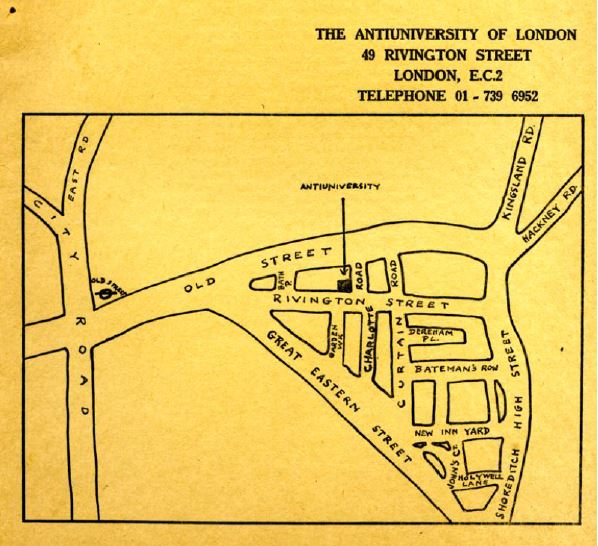
The permanent crisis of contemporary capitalism and its crumbling liberal order is marked by an evolving epistemic crack of a Janus-face visage: On the one hand, the last few decades have involved a drastic implementation of vast technoscientific infrastructures which has led to a manifest “epistemization” of politics and transformed social and everyday life into an object of scientific and commercial expertise. On the other hand, and often in direct response to this, a global wave of reactionary forces has instantiated a “post-truth” politics of state-sanctioned bullshit, denial, and stupidity, often in contradictory alignment with “popular” conspiracy theorists and “dark epistemologies.”
In the postdoctoral project, which besides encompassing a collaboration with Kunsthal Aarhus will also lead to a book manuscript, I examine and discuss how artists, activists, and aesthetic practitioners (such as Critical Art Ensemble, Beatriz da Costa, Claire Pentecost, SubRosa, Forensic Architecture, Ahmet Öğüt, Jakob Jakobsen, Henriette Heise, Jonas Staal, and Cassie Thornton) in the last few decades have responded, navigated, and intervened in this complex and hostile technoscientific environment. The project elaborates an art historical and critical theoretical framework for comprehending how artists increasingly collaborate with various forms of experts and epistemic actors, traverse disciplines, develop new skills and literacies, and even construct alternative laboratories, universities, hospitals, and courtrooms. These four sites comprise the four parts of the book manuscript, the guiding structure of the project’s ambition to map and theorize the aesthetic contestations and inversions of the capitalist infrastructures of technoscience.
A key assumption undergirding the project is that contemporary knowledge society is not just characterized by the repeatedly staged conflicting ensemble of “post-truth” and “technopopulist” politicians, scientific experts, and the “infodemic” of conspiracy theorists. This ensemble stands on the ground and is fundamentally embedded within the far more subtle and invisible, but no less essential, infrastructures of technoscience engrained within almost all aspects of contemporary social and ecological life that has morphed into an enormous “research field” constituting an indispensable “hidden abode” of (re)production. The motivation for turning the attention toward artistic and aesthetic engagements with the infrastructures of capitalist technoscience and knowledge economy is twofold: It enables me to theoretically elaborate on how artistic and aesthetic practices in the last two decades have been engaged in the construction of infrastructural sites for dissenting, socializing, and democratizing forms of knowledge, skills, and expertise. At the same time, analyzing and theorizing these practices also allows me to conceptualize key tenets of the power relations, violence, and exploitation embedded within these infrastructures and their alleged “crisis of expertise.”